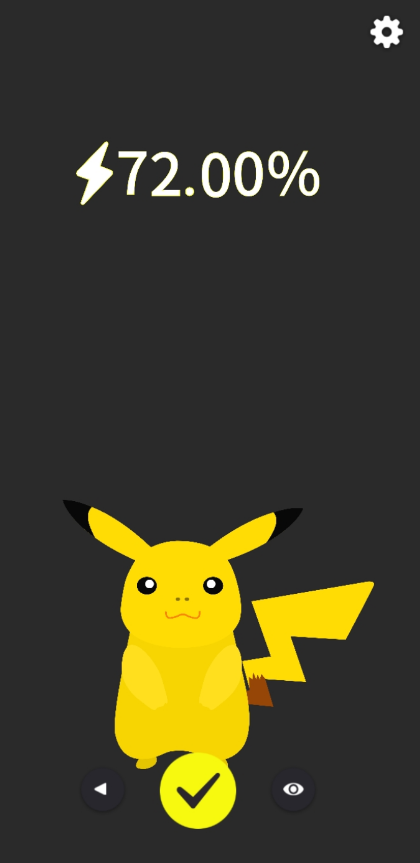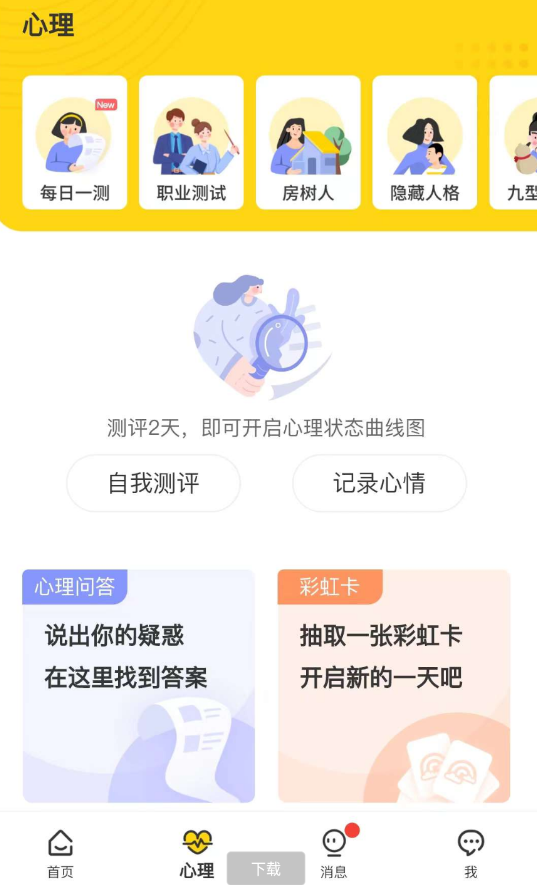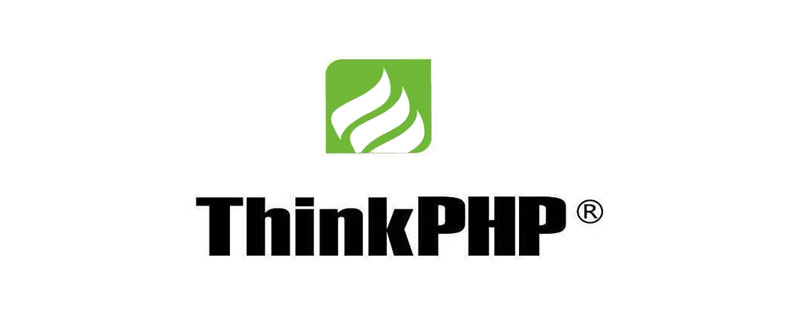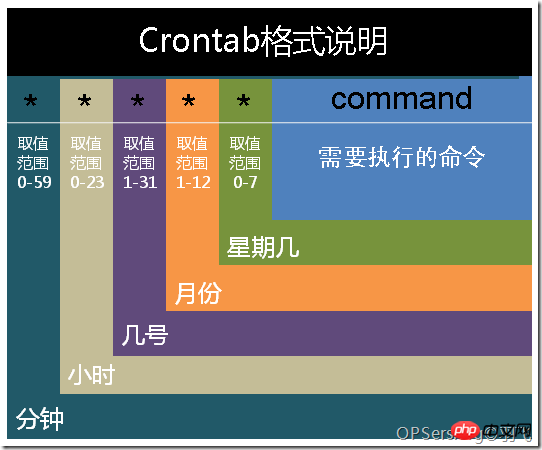
yii怎么连数据库?
深入理解Yii2.0之连接数据库
Yii使用PDO(PHP Date Object)连接各种各样的数据库,因此,几乎所有主流的数据库,Yii都可以 很好地提供支持。这也是一个成熟框架所应具有的广泛适用性。
推荐学习:yii框架
在对数据库进行任何操作之前,都必须先与数据库服务器建立连接。在Yii应用中,有一个专门的核心 组件(component)用于处理数据库连接,我们很容易可以在配置文件中找到他:
'components' => [ 'db' => [ 'class' => 'yiidbConnection', 'dsn' => 'mysql:host=localhost;dbname=yii2advanced', 'username' => 'root', 'password' => '', 'charset' => 'utf8', ], // ... ... ], // ... ...
这里有人肯定已经猜到了,Yii用 yiidbConnection 来表示数据库连接。这个Connection实现了 对于PDO的一个简单封装,并掩盖了各种数据库的区别,实现了一个统一的开发接口。这样,使得你在 编程过程中,可以忽略绝大多数的数据库兼容问题,可以更加专注于功能开发。比如,你不用再担心在 MySQL下不能使用Money类型的字段等等。
数据库Schema
说到实现Connection独立于各种数据库,就不得不提到数据库Schema。Yii提供了各种主流的数据库 Schema,你甚至可以自己写一个Schema以适用自己独特的数据库管理系统(DBMS)。与Schema有关的类 有这么几个:
yiidbSchema 抽象类,用于描述各种不同的DBMS的Schema。
yiidbTableSchema 用于描述表结构。
yiidbColumnSchema 用于描述字段信息。
yiidbpgsql, yiidbmysql, yiidbsqlite, yiidbmssql, yiidboci, yiidbcubird 下的各种schema,用于具体描述各种DBMS。
在 yiidbConnection 中,有一个 $schemaMap 数组,用于建立PDO数据库驱动与具体的 schema 类间的映射关系:
public $schemaMap = [ 'pgsql' => 'yiidbpgsqlSchema', // PostgreSQL 'mysqli' => 'yiidbmysqlSchema', // MySQL 'mysql' => 'yiidbmysqlSchema', // MySQL 'sqlite' => 'yiidbsqliteSchema', // sqlite 3 'sqlite2' => 'yiidbsqliteSchema', // sqlite 2 'sqlsrv' => 'yiidbmssqlSchema', // newer MSSQL driver on MS Windows hosts 'oci' => 'yiidbociSchema', // Oracle driver 'mssql' => 'yiidbmssqlSchema', // older MSSQL driver on MS Windows hosts 'dblib' => 'yiidbmssqlSchema', // dblib drivers on GNU/Linux (and maybe other OSes) hosts 'cubrid' => 'yiidbcubridSchema', // CUBRID ];
我们可以认为Yii默认情况下支持上述数组中的10种DBMS(6个Schema),这在绝大多数情况下, 是完全足够的。万一你使用了超出这一范围的DBMS,在确保兼容的情况下,你可以自己写一个Schema, 使Yii可以支持该DBMS。
Schema基类
yiidbSchema 是一个抽象类,具体的实现依赖于针对不同DBMS的6个子类Schema。擒贼先擒王, 读代码先读基类,我们就先来看看这个 yiidbSchema 吧:
abstract class Schema extends Object { // 预定义16种基本字段类型,这16种类型是与DBMS无关的,具体到特定的DBMS时,Yii会自动 // 转换成合适的数据库字段类型。 const TYPE_PK = 'pk'; const TYPE_BIGPK = 'bigpk'; const TYPE_STRING = 'string'; const TYPE_TEXT = 'text'; const TYPE_SMALLINT = 'smallint'; const TYPE_INTEGER = 'integer'; const TYPE_BIGINT = 'bigint'; const TYPE_FLOAT = 'float'; const TYPE_DECIMAL = 'decimal'; const TYPE_DATETIME = 'datetime'; const TYPE_TIMESTAMP = 'timestamp'; const TYPE_TIME = 'time'; const TYPE_DATE = 'date'; const TYPE_BINARY = 'binary'; const TYPE_BOOLEAN = 'boolean'; const TYPE_MONEY = 'money'; // 加载表schema,需要子类具体实现 abstract protected function loadTableSchema($name); // ... ... }
yiidbSchema 一上来就先针对各DBMS间差异最明显的字段数据类型进行统一,提供了16种基本的 字段类型。这16种类型与DBMS无关,在具体到特定的DBMS时,Yii会自动转换成合适的数据库字段类型 。我们在编程中,若需要指定字段类型,就使用这16种。这样的话,就不用考虑使用的类型具体的DBMS 是否支持的问题了。
这16种类型看着就知道是什么意思,我们就不展开讲了。
yiidbSchema::loadTableSchema() 是整个基类中最重要的一语句了,他定义了一个函数,用于 加载表的schema,需要由子类针对特定的DBMS实现。这里,我们以 yiidbmysqlSchema 子类为 例来讲解:
class Schema extends yiidbSchema { // 定义一个数据类型的映射关系 public $typeMap = [ 'tinyint' => self::TYPE_SMALLINT, 'bit' => self::TYPE_INTEGER, 'smallint' => self::TYPE_SMALLINT, 'mediumint' => self::TYPE_INTEGER, 'int' => self::TYPE_INTEGER, 'integer' => self::TYPE_INTEGER, 'bigint' => self::TYPE_BIGINT, 'float' => self::TYPE_FLOAT, 'double' => self::TYPE_FLOAT, 'real' => self::TYPE_FLOAT, 'decimal' => self::TYPE_DECIMAL, 'numeric' => self::TYPE_DECIMAL, 'tinytext' => self::TYPE_TEXT, 'mediumtext' => self::TYPE_TEXT, 'longtext' => self::TYPE_TEXT, 'longblob' => self::TYPE_BINARY, 'blob' => self::TYPE_BINARY, 'text' => self::TYPE_TEXT, 'varchar' => self::TYPE_STRING, 'string' => self::TYPE_STRING, 'char' => self::TYPE_STRING, 'datetime' => self::TYPE_DATETIME, 'year' => self::TYPE_DATE, 'date' => self::TYPE_DATE, 'time' => self::TYPE_TIME, 'timestamp' => self::TYPE_TIMESTAMP, 'enum' => self::TYPE_STRING, ]; }
yiidbmysqlSchema 先是定义了一个映射关系,这个映射关系是MySQL数据库的字段类型与前面 我们提到的16种基本数据类型的映射关系。也就是说,基于MySQL的Schema,使用MySQL的字段类型,会 转换成统一的16种基本数据类型。
表信息(Table Schema)
yiidbTableSchema 类用于描述数据表的信息:
class TableSchema extends Object { public $schemaName; // 所属的Schema public $name; // 表名,不包含Schema部分 public $fullName; // 表的完整名称,可能包含一个Schema前缀。 public $primaryKey = []; // 主键 public $sequenceName; // 主键若使用sequence,该属性表示序列名 public $foreignKeys = []; // 外键 public $columns = []; // 字段 // ... ... }
从上面的代码来看, yiidbTableSchema 比较简单。上述的属性看一看就大致可以了解是干什么 用的。这里我们点一点,了解下就可以了。
列信息(Column Schema)
yiidbColumnSchema 类用于描述一个字段的信息,让我们来看一看:
class ColumnSchema extends Object { public $name; // 字段名 public $allowNull; // 是否可以为NULL /** * @var string abstract type of this column. Possible abstract types include: * string, text, boolean, smallint, integer, bigint, float, decimal, datetime, * timestamp, time, date, binary, and money. */ public $type; // 字段的类型 /** * @var string the PHP type of this column. Possible PHP types include: * `string`, `boolean`, `integer`, `double`. */ public $phpType; // 字段类型对应的PHP数据类型 /** * @var string the DB type of this column. Possible DB types vary according to the type of DBMS. */ public $dbType; public $defaultValue; // 字段默认值 public $enumValues; // 若字段为枚举类型,该属性用于表示可供枚举的值 /** * @var integer display size of the column. */ public $size; public $precision; // 若字段为数值,该属性用于表示精度 /** * @var integer scale of the column data, if it is numeric. */ public $scale; /** * @var boolean whether this column is a primary key */ public $isPrimaryKey; // 是否是主键 public $autoIncrement = false; // 是否是自增长字段 /** * @var boolean whether this column is unsigned. This is only meaningful * when [[type]] is `smallint`, `integer` or `bigint`. */ public $unsigned; // 是否是unsigned,仅对支持的类型有效 public $comment; // 字段描述信息 /** * Converts the input value according to [[phpType]] after retrieval from the database. * If the value is null or an [[Expression]], it will not be converted. * @param mixed $value input value * @return mixed converted value */ public function phpTypecast($value) { if ($value === '' && $this->type !== Schema::TYPE_TEXT && $this->type !== Schema::TYPE_STRING && $this->type !== Schema::TYPE_BINARY) { return null; } if ($value === null || gettype($value) === $this->phpType || $value instanceof Expression) { return $value; } switch ($this->phpType) { case 'resource': case 'string': return is_resource($value) ? $value : (string) $value; case 'integer': return (int) $value; case 'boolean': return (bool) $value; case 'double': return (double) $value; } return $value; } /** * Converts the input value according to [[type]] and [[dbType]] for use in a db query. * If the value is null or an [[Expression]], it will not be converted. * @param mixed $value input value * @return mixed converted value. This may also be an array containing the value as the first element * and the PDO type as the second element. */ public function dbTypecast($value) { // the default implementation does the same as casting for PHP but it should be possible // to override this with annotation of explicit PDO type. return $this->phpTypecast($value); } }

















